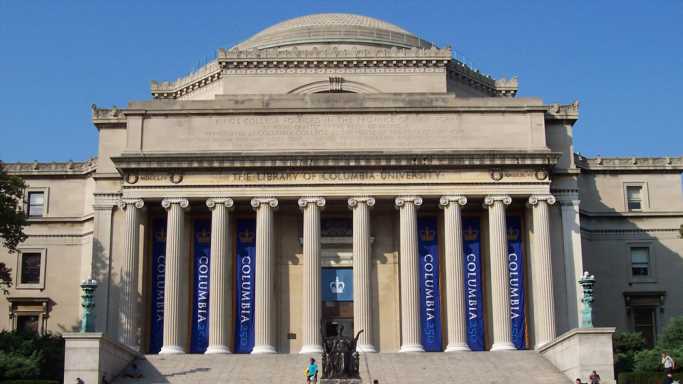A college education can be key to upward economic mobility in the U.S. Earning a bachelor’s degree not only opens the door to different employment opportunities, but it also increases earning potential and improves job security. (these are the highest-paying college majors.) A degree can also contribute meaningfully to personal growth. Still, among the thousands of colleges and universities in the U.S., the quality of education varies considerably – and the school that issues the degree can be almost as important as the degree itself.
The United States is home to many of the most renowned colleges and universities in the world. These schools have a reputation for offering a top-quality education and preparing students for their life and careers post graduation. As such, many of these top notch colleges receive tens of thousands of applications a year to fill a limited number of seats.
Using data from the National Center for Education Statistics, 24/7 Wall St. identified the hardest colleges and universities to get into. The schools on this list were identified using a two-part index composed of the acceptance rate – the share of applicants who are offered admission – and the median SAT score among students admitted in the fall of 2020.
Among the schools on this list, acceptance rates range from about 20% to under 5%, and median SAT scores range from 1350 to 1545 out of a possible 1600. The exact criteria these schools use to decide who is accepted varies but generally include personal statements, high school transcripts, extracurricular activities, and standardized test scores – like the SAT.
These schools include well known Ivy League institutions, like Harvard and Yale, major research institutions like Carnegie Mellon, and small liberal arts colleges, like Colby and Middlebury. (Here is a look at the most innovative universities in the world.)
While the benefits of earning a degree from any one of the schools on this list can extend beyond the working world, incomes among former students underscore the high standing graduates from these schools have in the job market. Average incomes among graduates 10 years after enrollment exceeds $80,000 for the majority of colleges and universities on this list. For context, the typical college graduate earns $59,600 a year, according to the NCES. (Here is a look at the 30 best college majors for a successful career.)
Click here to see the hardest to get into.
Click here to see our detailed methodology.
Sponsored: Tips for Investing
A financial advisor can help you understand the advantages and disadvantages of investment properties. Finding a qualified financial advisor doesn’t have to be hard. SmartAsset’s free tool matches you with up to three financial advisors who serve your area, and you can interview your advisor matches at no cost to decide which one is right for you. If you’re ready to find an advisor who can help you achieve your financial goals, get started now.
Investing in real estate can diversify your portfolio. But expanding your horizons may add additional costs. If you’re an investor looking to minimize expenses, consider checking out online brokerages. They often offer low investment fees, helping you maximize your profit.
Source: Read Full Article
